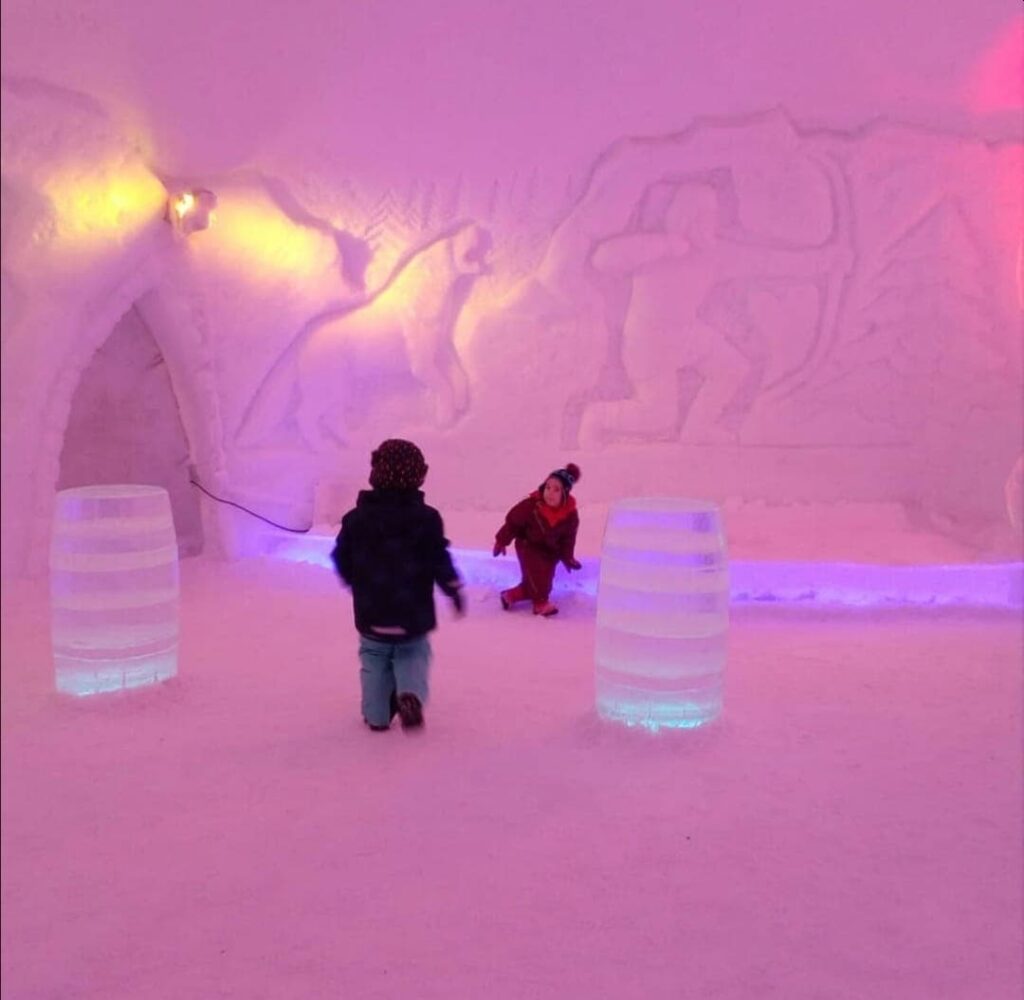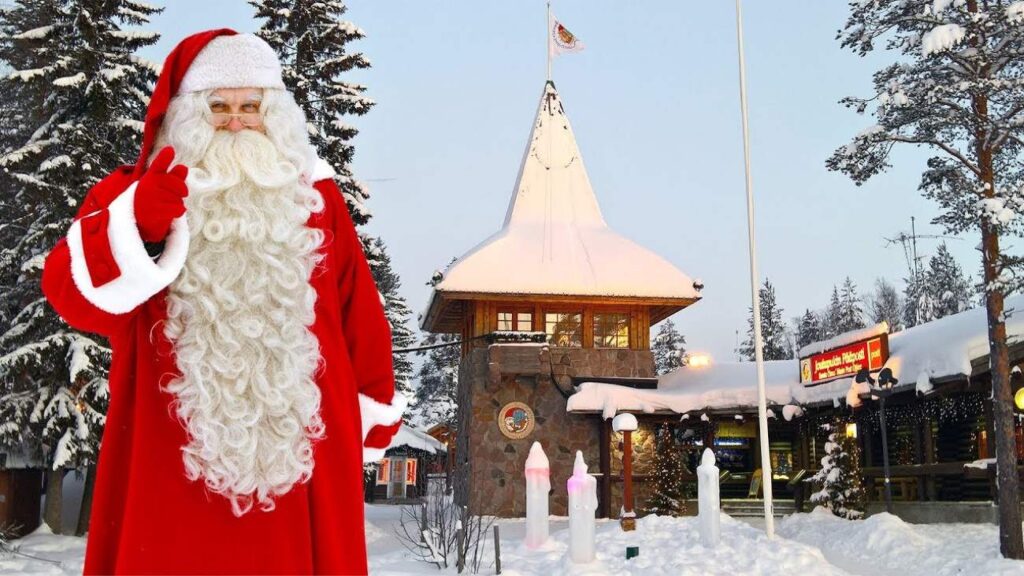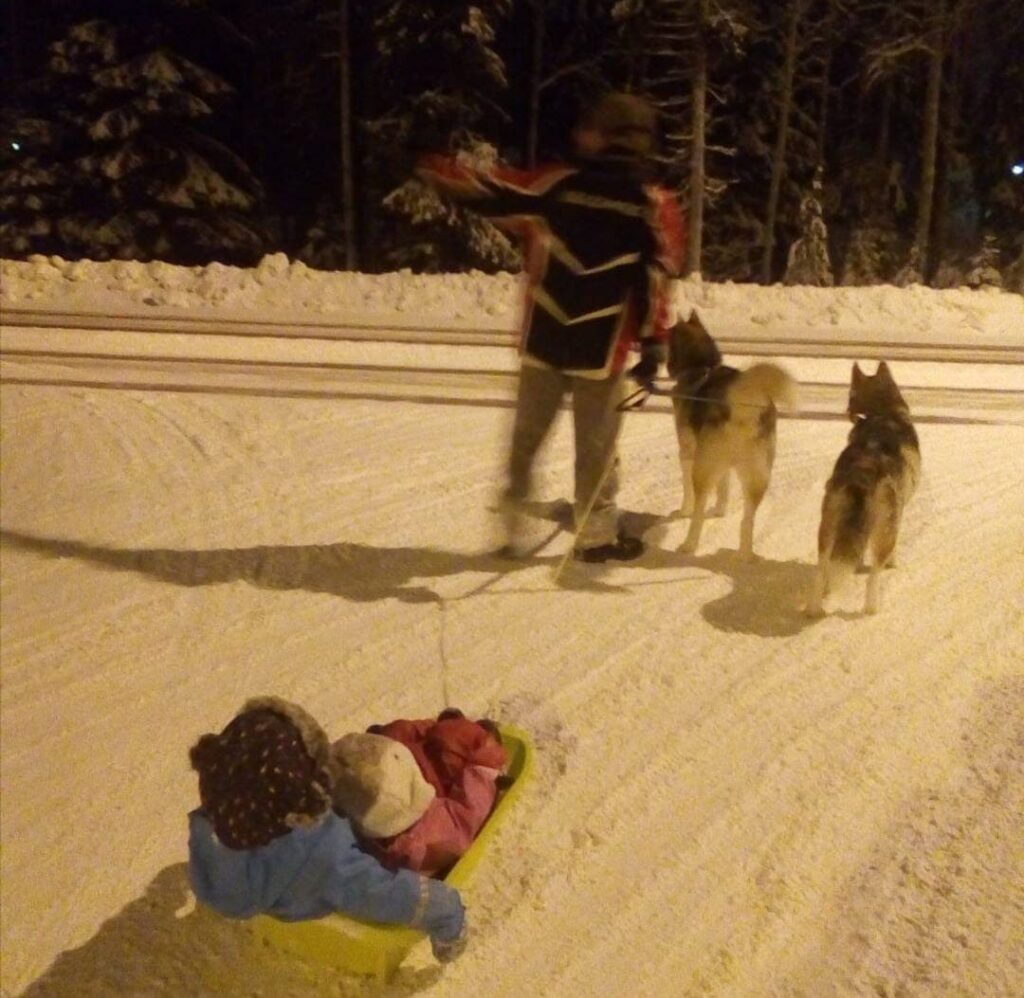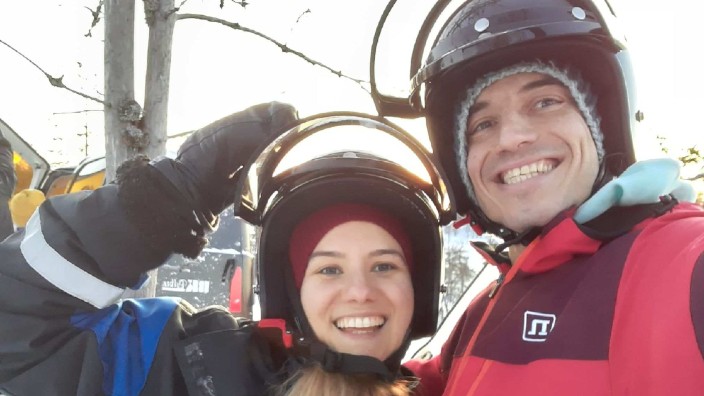By Ilias Karagiannis.
They say that at Christmas time all roads lead to home. It’s a time when you are confronted with certainties and challenges in life, while also setting goals for the new year, which you almost never fulfill.
The only fact in these bright days, rich with Christmas ornaments, is that even for a while, you pull out the lost child in you, who was always anxiously waiting to sing the carols, to eat sweets and of course, get his gift from Santa Claus.
Today, you may have answered definitively and irrevocably the question of whether there is a Santa Claus, but going back to your childhood, you were overjoyed in the certainty that this chubby bearded man would defy all obstacles, even enter the dirty chimney, to not disappoint you.
If, of course, you want to do a more thorough research on the existence or not of Santa Claus, all you have to do is travel, when the borders finally open for international travel, to his village.

George Frantzoglou will tell you with a smile that Santa’s village “flashes” like a decorated dot in the pale Arctic landscape and if you are lucky, you will hear a “welcome” in your native language.
The Greek of Rovaniemi, the official hometown of Santa Claus in Finland, left Greece four years ago and moved to the village where every day is Christmas.
“It is now a daily routine for us and especially my children,” George Frantzoglou tells The Greek Herald from Finland.

“My children like it very much. All this story about Santa Claus, his elves, the fairies, the magical Christmas, the reindeer. All this emits a magic that fascinates adults, especially the children. However, they really like nature. This is what they ask for the most – contact with nature,” Frantzoglou, who works as a tour guide in the village, says.
Until last year, Rovaniemi was the ideal place to get into the Christmas mood. Joulupukki (Santa Claus in Finnish) was always there, the snow wrapped everything like a white veil and near the Arctic Circle, a magical world unfolded for young and old.
But how is it this year?

“This year is very strange. We have a snowy and decorated Rovaniemi, which is practically empty. We are talking about a city of 60,000 inhabitants, which extends over a large area,” Frantzoglou says.
“This is obviously a big blow to businesses, many of which make a living from tourism. It is an empty city. The village of Santa Claus may be decorated, Santa Claus is here, but I walked through it today (early December) and it looks like a ghost village, but music is still heard.
“To give you an idea of magnitude, last year at such a time it was crazy. Every day the village of Santa Clause had 4,000 to 5,000 visitors and today it is empty.”
This year’s Christmas will also be different for Frantzoglou, who is from Nafplio, for another reason as well.

“Usually I spend the holidays working since it is the season with the most tourism. But it seems as though I will spend them with my family this year. After all, I have always been a fan of Christmas. It is my favorite holiday,” Frantzoglou says.
“But not in terms of decoration and the cosmopolitan part of Christmas. I liked the celebration for the fact that it’s intertwined with the snow, the cold and the warmth that it emits.”
The only sure thing is that the kids of the Greek in Rovaniemi will ask him for gifts and Christmas and their visit to Santa Clause will still take place as always because they live so close to his village. The ultimate “fairy tale” of Christmas is already taking shape this year, albeit in a different way…

